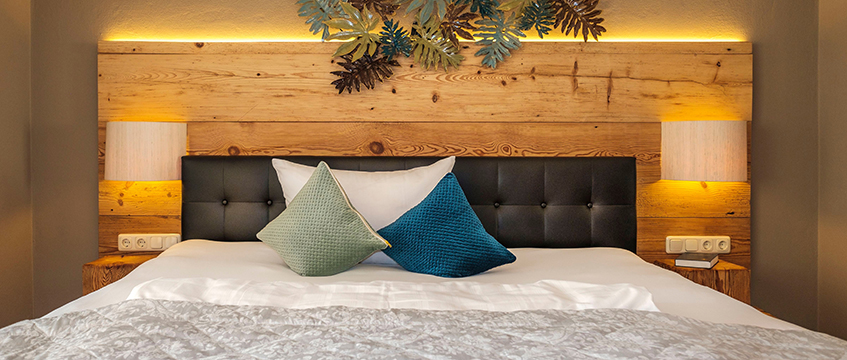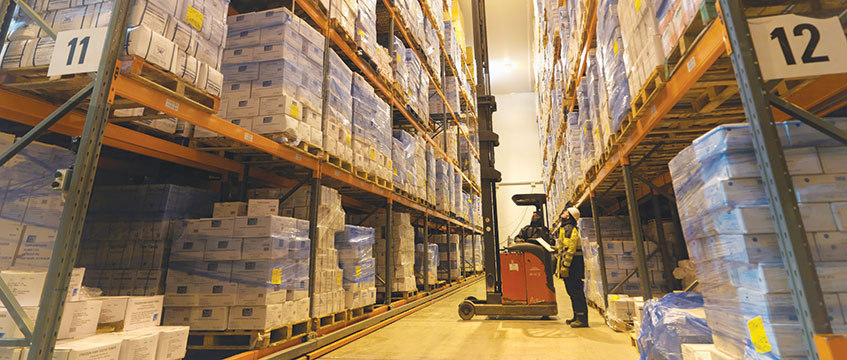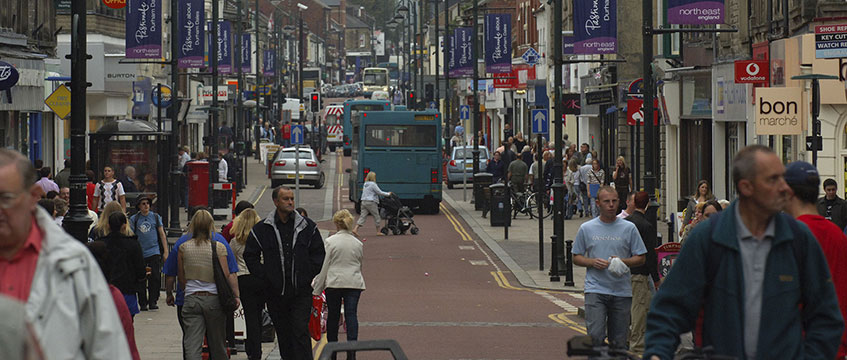Retail, leisure and logistics are inevitably intertwined in today’s increasingly digital environment, but each sector of the market has its own drivers, opportunities and challenges. Here we take a look at the five key trends and issues in retail, leisure and logistics for 2019 and beyond.
Retail
1. The continuing demise of the high street
It may not be all doom and gloom out there but the high street is certainly a long way from being sunshine and light.
The amount of space potentially left empty from portfolio reconfigurations, administrations and company voluntary arrangements is edging dangerously close to 20m sq ft and we are only a quarter of the way into 2019.
Expect more closures as retailers continue to lighten their portfolios as leases come to expiry.
2. The real value of retail
Who would be a valuer today? Being able to price retail is an art form.
The major retail REITs have written down the value of their portfolios by between 9% and 15%, while retailers such as WHSmith are saying they have managed to reduce their rents by as much as one-third, bookmaker William Hill is asking for rental cuts of as much as 50% and let’s not start (yet) on the impact of Mike Ashley’s demands on the value of retail.
Even a 15% reduction in value looks light. Should it be closer to 50%?
When a half-empty tertiary shopping centre in Scotland sells at a 50% yield, It is not looking too out there.
3. Ashley and Green
The impact that Philip Green and Mike Ashley are having on the retail environment cannot be ignored.
The two, known in their circles as The Emperor and Little Emperor, play a massive role in the fortunes of the high street.
Green’s Arcadia empire, once the darling of the high street, is rapidly crumbling in the wake of the BHS saga, while Ashley is seemingly seeking to buy up as much of the high street as he possibly can. Neither is good news.
The high street, while needing a joined-up approach, must be heavily independent if it really is to survive.
4. Pri-mania
While the good old British department store may be on its last legs, there is some hope out there for big anchor stores.
Primark recently opened a 160,00 sq ft store at the former Pavillions shopping centre in Birmingham.
Spread over five floors, it features not just Primark’s fast and affordable fashion but a Disney-themed café, a barber shop and beauty studio. Thousands flocked to the store on opening day.
Could this be the department store reimagined?
5. Digital detox
One of the reasons Primark continues to get shoppers through its physical doors is that it doesn’t have any virtual doors.
You have to go to a Primark to buy your goods. Consumers aren’t going to stop buying online, and we humans are not going to suddenly give up looking at our smartphones but there is a growing distrust of online.
All the data it is collecting from us, the fact our phones are listening to our conversations and pushing goods to us, the high costs that retailers are having to pay to get access to that.
Lush has just closed a number of its social media accounts in a move that plays to the conscientiousness of a growing number of millennials.
Could the saviour of the high street be a digital detox?
Leisure

1. Hotels are still hot
Hotels rarely go out of favour from an investment perspective, but according to Christian Mole, head of hospitality and leisure for the UK and Ireland at EY, there is lots of money available to invest and lots of investors battling to secure sites in gateway cities around the world where they can add value.
But there is also a touch of buyer beware, as noise from the International Hotel Investment Forum in Berlin this year was that it was all feeling a little bit 2007 – and we all still remember what happened then.
2. Budget over brawn
The low-cost gyms market is booming and will continue to do so.
The population wants to work out but we don’t want to pay too much for it, just in case our New Year’s resolutions fizzle out as quickly as we made them.
According to PwC, budget gyms are the fastest-growing segment of the industry, increasing their market share from 3% of total revenue in 2012 to 12% last year. And while 3.4% of the UK’s population is a member of a low-cost gym today, 7% of us will be by 2026.
3. Fast dining slows
Things aren’t looking great for fast dining.
Thanks to the growth of services such as Deliveroo and UberEats, and the nation’s growing desire to not move more than the finger it needs to press the latest app on its smartphone, less of us are nipping out for a Giraffe or Ed’s Diner.
Café Rouge has slipped into the red, The Restaurant Group continues to shut its outlets, and we don’t even need to mention Patisserie Valerie.
4. Veganism
2019 is the year that veganism will go mainstream.
The number of vegans in Great Britain quadrupled between 2014 and 2018, rising from 150,000 in 2014, just 0.25% of the population, to 600,000 in 2018, 1.16% of the population.
And with continued campaigning and a Sir David Attenborough documentary on climate change about to air, that trend is only travelling in one direction.
If you are in leisure, you better be thinking hard about your vegan options if you want to grow. Just look at what a vegan sausage roll did for Greggs.
5. Rock don’t roll
In the run-up to the 2020 Olympics, the popularity of climbing and bouldering continues to grow, while the bounce has seemingly gone out of trampoline parks.
Both can occupy the same sort of space and pay the same sort of rents. One, for now, seems solid as a rock, the other perhaps a little soft in the middle.
Logistics

1. Bedfellows
When it comes to sheds, think also about beds. The housing need in the UK is so great – and our willingness to build on any greenbelt so weak – that employment space has come under increasing pressure.
It has long been discussed that the industry should seek to deliver mixed use on industrial land, delivering housing at the same time has sheds.
And it has started to happen, with SEGRO teaming up with Barratt to deliver homes alongside some 240,000 sq ft of light industrial in Hillingdon, Hayes.
2. A giant larder
The UK has been stockpiling as it waits (and waits and waits) to find out what is happening with Brexit.
While limbo is not a good place to be hanging out in generally, it does bring some benefits to the industrial and logistics market. If retailers and manufacturers are stockpiling, they need somewhere to store all their goods.
3. Multi-storey
Last year, GLP-backed Gazeley bought a site in Peruvian Wharf, E16, to develop the UK’s first multi-storey shed.
Spanning 426,000 sq ft it will have access for lorries on each level. Multi-storey warehouses are pretty common in densely populated cities in Asia but are still a relatively alien concept in Europe and North America.
But, depending on the success of Gazeley’s UK foray into multi-level logistics, this could be a growing trend in the space-starved UK.
4. Too-hot property
Industrial has been growing in popularity for investors in line with the growth of online shopping. But there may soon come a point when industrial is too hot to handle.
Industrial volumes reached record highs in 2018, jumping by 10% to £8.4bn. But a rise in investment has meant a compression of prime yields to between 3.75% and 4.5%.
According to Lambert Smith Hampton, yield compression has now been exhausted, so unless income growth can continue, investors could start turning their attention to the next hot sector.
5. Automation for the people
You can’t look at the impact on the logistics market and not think about automation.
According to McKinsey, around 57% of existing warehouse and logistics functions could be automated.
Not bad news when logistics is a sector struggling to access a workforce in the face of Brexit, but it’s something the sector needs to consider when thinking about the design and operation of units it builds.











